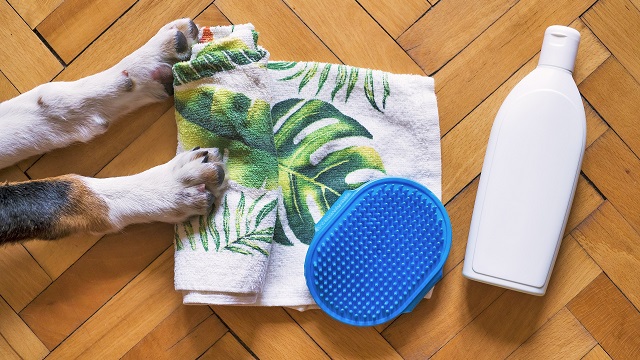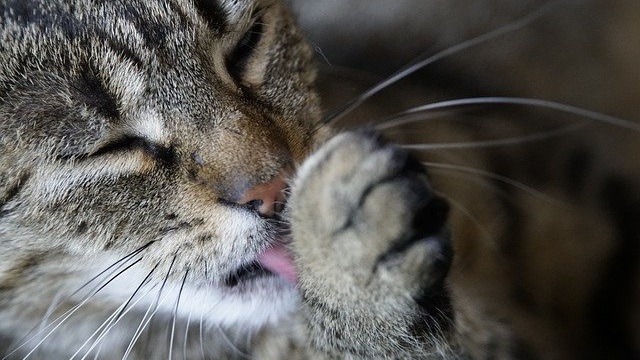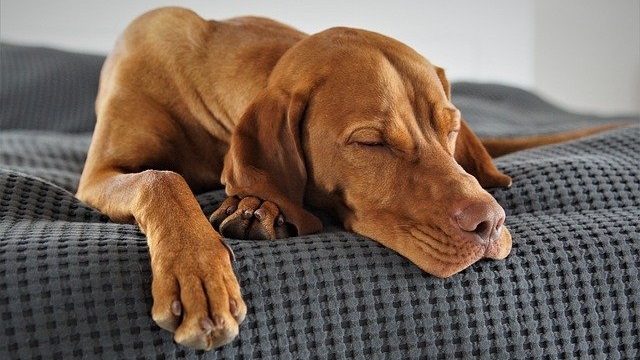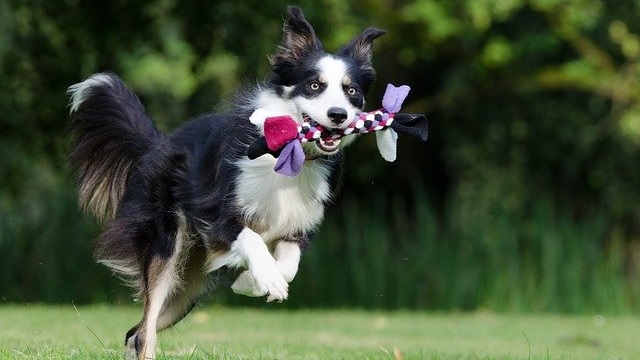Keeping our pet’s coat healthy is essential to their wellbeing. First off, it adapts to the weather conditions and regulates the body temperature. If it’s cold, the fur protects from cold temperatures, and vice-versa – it also cools the body when exposed to heat and sunlight.
The skin’s fat layer plays an important role in repelling dirt and moisture. It supplies the coat with important nutrients and forms a protective acid mantle.
Keeping your pet’s coat in good condition is not just about aesthetic appearance: it also has a positive effect on their general wellbeing. In fact, the condition of the coat is often an indicator of your pet’s state of health.
If the coat is matted, dull or even too greasy, it may be a sign of an imbalance in your pet’s body, like infections, nutrition deficiencies or parasites.
How often do I need to brush my pet?
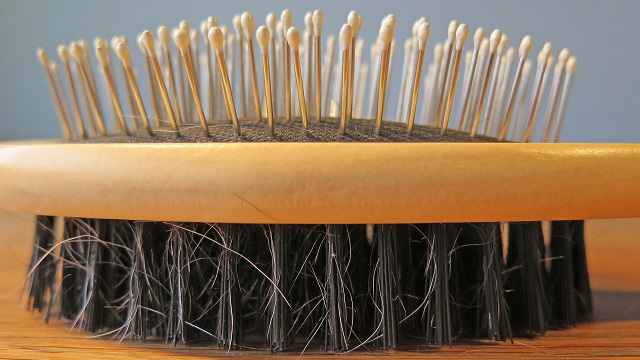
The intensity of care always depends on the needs of your pet.
Long-haired pets generally need to be brushed 4-5 times a week. Short-haired pets need less grooming, around 1-2 times a week.
Did you know that if pets live together in a pack, grooming is a natural impulse for them? They will basically groom each other! We often see our pets licking their paws or cleaning each other’s eyes, ears and fur. Grooming also serves as a social factor and strengthens the bond between them. However, this grooming doesn’t replace the brushing from pet parents. It’s essential to keep our pet’s coat healthy!
What kind of brush for long-haired pets?
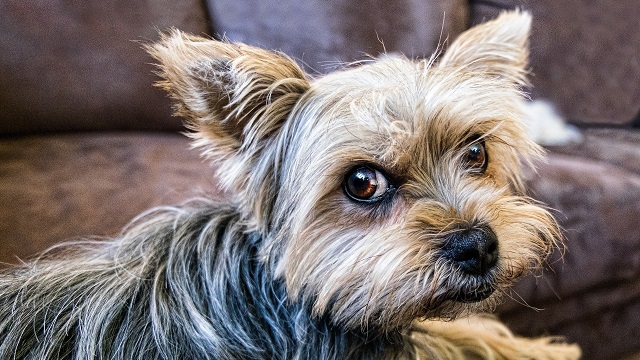
Long-haired pets, both cats (like the Persian, Maine Coon…) and dogs (Golden Retriever, Yorkshire…) need more brushing. The reason is simple – long fur gets dirty and matted much faster than short hair.
You can pre-comb with a coarse comb and comb it back with a fine comb. Pets should be brushed from the base of the head to the tail, with either a natural brush or a wire brush specifically for long-haired dogs.
It’s advisable to spend some time untangling the coat prior to brushing. To do so, first use a metal comb with widely spaced teeth and work away at the knots delicately using gentle movements. Then focus on each lock of hair individually, holding them at the base to avoid causing any suffering. Patient and gentle movements will help in this process!
What about short-haired pets?
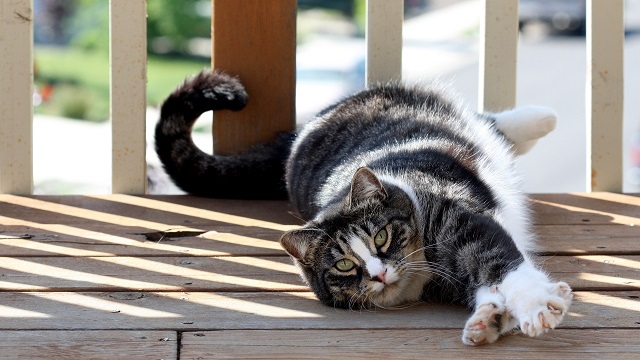
Short-haired cats (Bengal, American Shorthair…) and dogs (Beagle, Labrador, Doberman…) require the least amount of grooming. The frequency of brushing depends on the breed: wire-haired breeds like the Airedale Terrier will require more grooming than Boxers, who have a smooth and easy-care coat.
We recommend starting by using a metal comb with very fine, closely set teeth. This will remove dead hair from the topcoat and the undercoat. After that, use a soft brush to get the coat smooth and shiny!
Tips and tricks
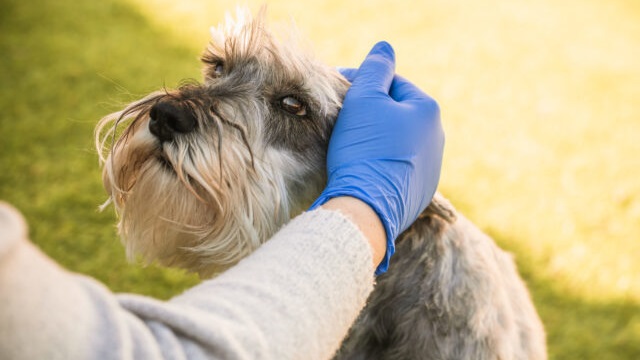
The furminator is particularly popular during the change of coat, and it does help a lot. However, make sure that you don’t use the furminator too often.
Finally, if your pet resists being brushed or is frightened by the process, special grooming gloves are a good solution. Do not hesitate to offer a reward or treat during and after the brushing.
We recommend beginning this process around the age of 3 months, so that our furry friends get used to it!
Does your buddy enjoy being brushed? Got any grooming tips to share with us? As always, feel free to reach out to the Findster Care vet team if you have any doubts or need more information!
Did you know that November is Pet Diabetes Awareness Month? Learn more about this condition!



